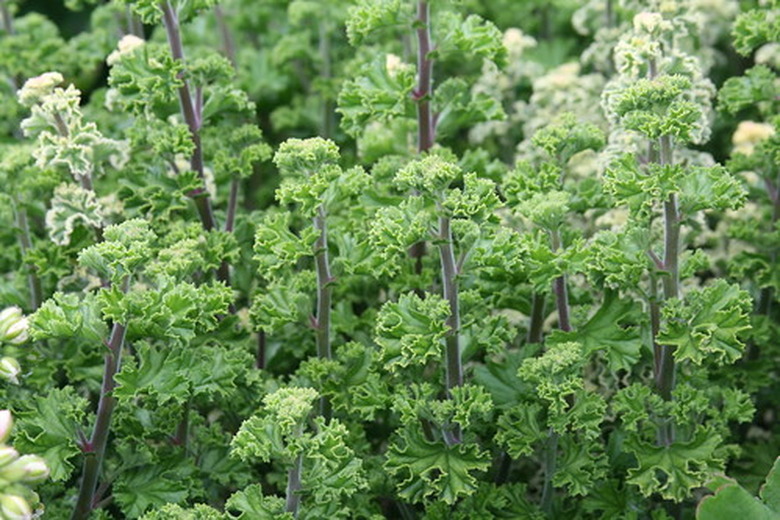The Effect Of Excess Iron In Plants
Like animals and people, plants need a certain amount of iron to survive. Iron helps them create chlorophyll and aids in several other chemical processes plants perform. However, too much iron can have a toxic effect on the plant, weakening and eventually killing it. It should be noted that plants only absorb ferrous iron particles from the soil, and that other types of iron particles will not affect plants.
Dangerous Levels
Dangerous Levels
If the soil has too much iron, then plants will absorb it and eventually suffer from the continuing effects. According to scientific studies conducted by K. Kampfenkel, M. Van Montagu and D. Inze in Belgium, soils become dangerous because of high iron content at levels of 100 mg or more. At these levels, plants will be affected within only 12 to 24 hours. Lower rates of iron content can also be dangerous, but it can take longer for the effects to become noticeable.
Chlorophyll
Chlorophyll
As plants take in too much iron, their chlorophyll fluorescence begins to change. Small amounts of iron are necessary for chlorophyll production, but too much iron can affect the chlorophyll itself, causing it to change and inhibiting the plant's ability to properly absorb energy from sunlight.
Synthesis
Synthesis
Plants synthesize both chlorophyll and many of their own nutrients on a cellular level, including necessary proteins. Too much iron interferes with these processes, making it difficult for plants to perform the necessary chemical reactions. Not only does this make creating chlorophyll (already rendered more ineffective) difficult, but starves the plant of important sugars that it needs to survive and store for harsher seasons.
Nutrient Absorption
Nutrient Absorption
As iron levels continue to rise, the plant's ability to draw in nutrients from the soil will also be hindered. This means that the plant can no longer draw in essential substances like phosphate or nitrogen, which it needs to function but cannot produce on its own. Weakened on all fronts, the systems of the plant fail from within, causing severe decay of vital tissues in the stem and leaves, which inevitably leads to the plant's death.
Plant Responses
Plant Responses
While plants are not well-equipped to deal with too much iron in their soil, they do have delicate mechanisms that control how much iron they absorb, especially if there is too little iron present. Many plants are able to produce an enzyme called a chelate reductase enzyme to make iron easier to absorb, which is useful when there isn't enough iron nearby. Plants can also lower the production of this enzyme if iron levels are sufficient or too high. Certain plants are deft at controlling this mechanism and can change very rapidly, but others have a much slower reaction time.
Cite This Article
MLA
Lacoma, Tyler. "The Effect Of Excess Iron In Plants" sciencing.com, https://www.sciencing.com/effect-excess-iron-plants-5526745/. 22 November 2019.
APA
Lacoma, Tyler. (2019, November 22). The Effect Of Excess Iron In Plants. sciencing.com. Retrieved from https://www.sciencing.com/effect-excess-iron-plants-5526745/
Chicago
Lacoma, Tyler. The Effect Of Excess Iron In Plants last modified August 30, 2022. https://www.sciencing.com/effect-excess-iron-plants-5526745/
